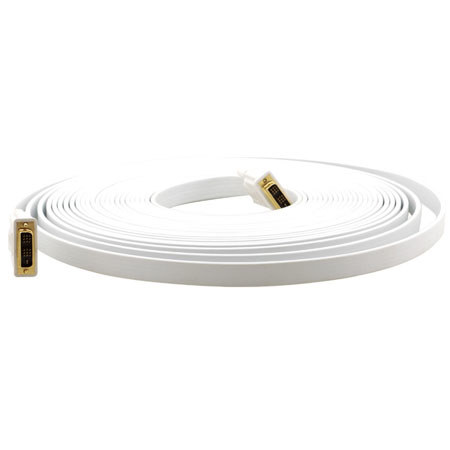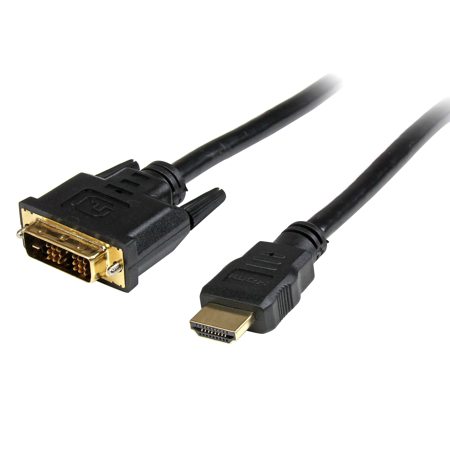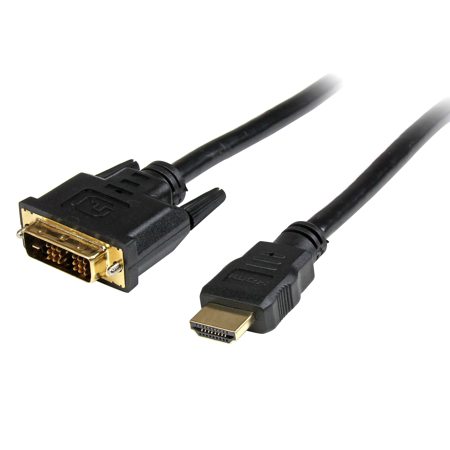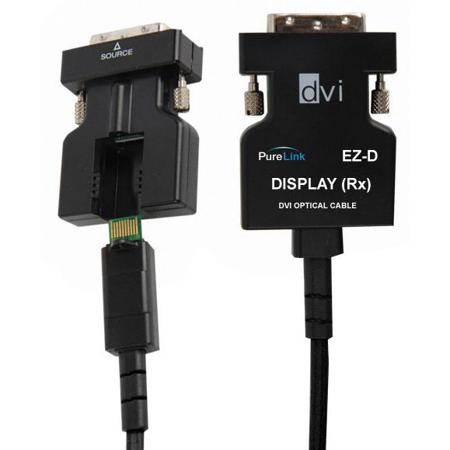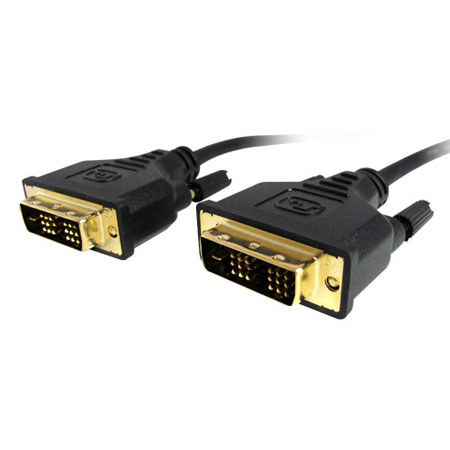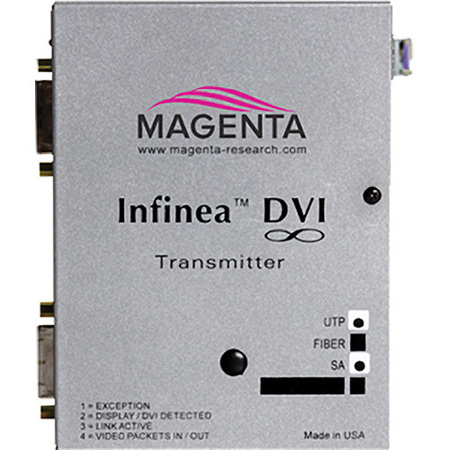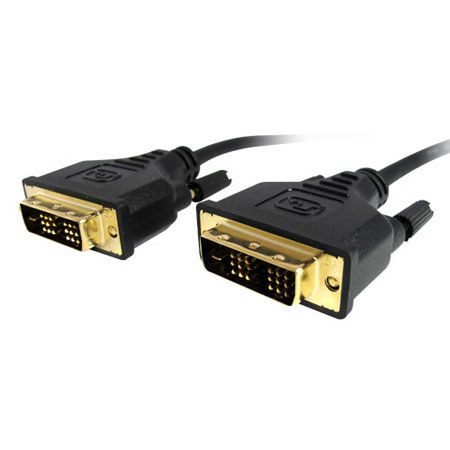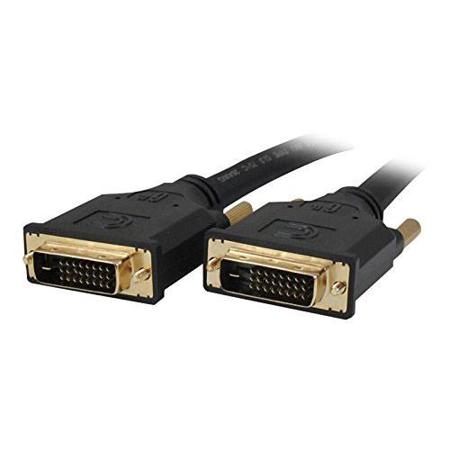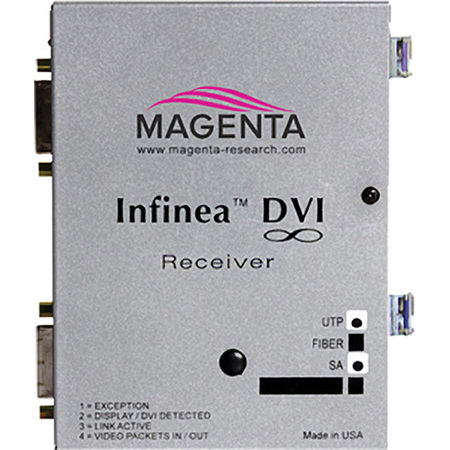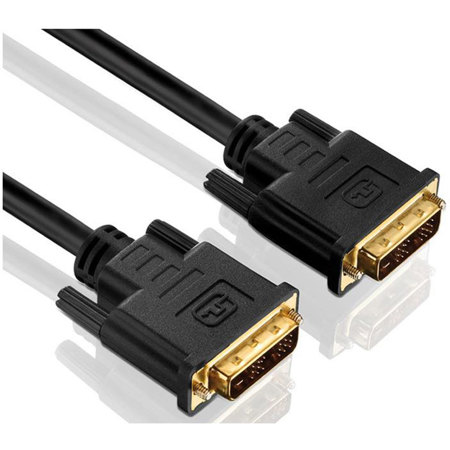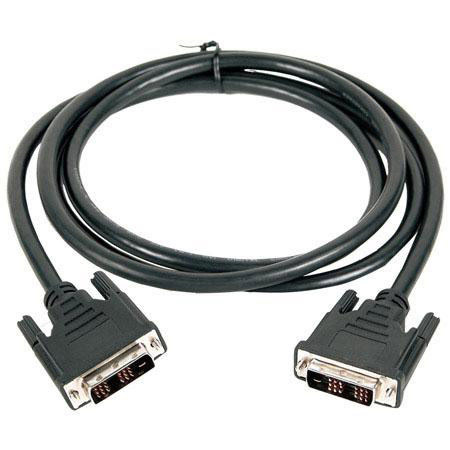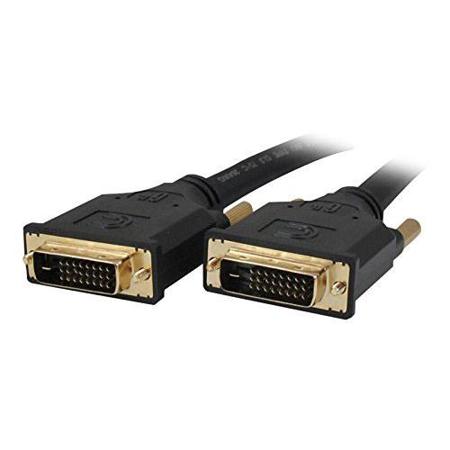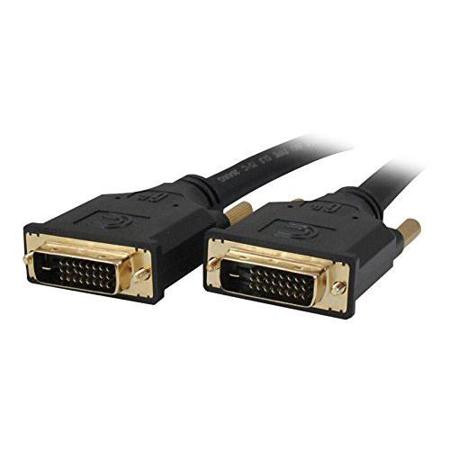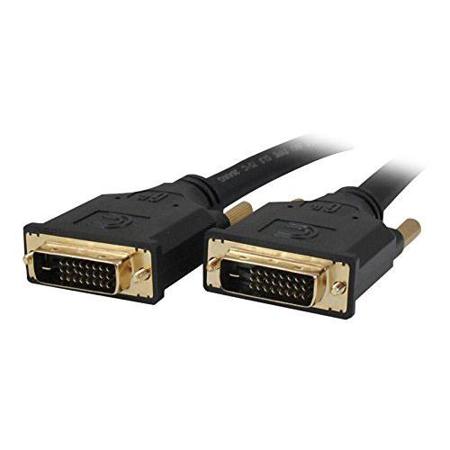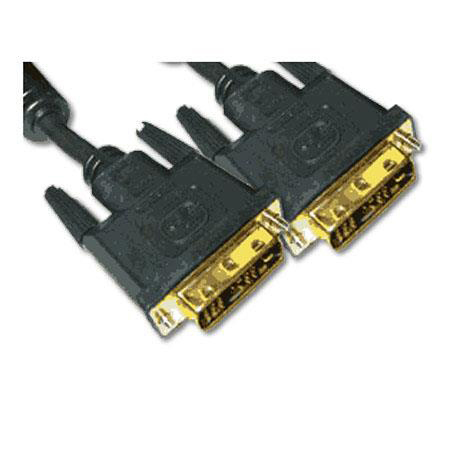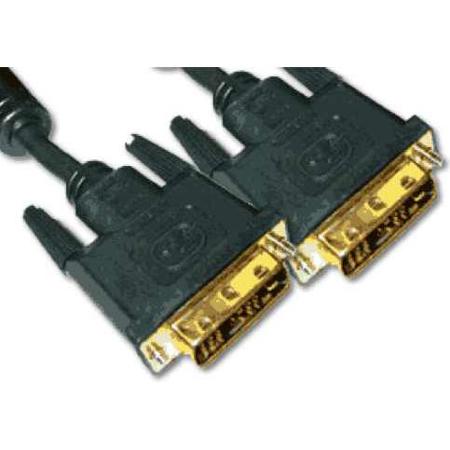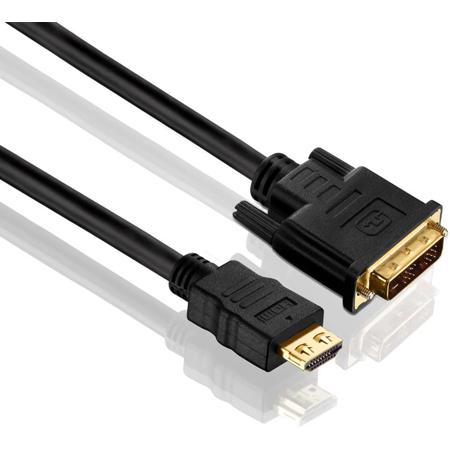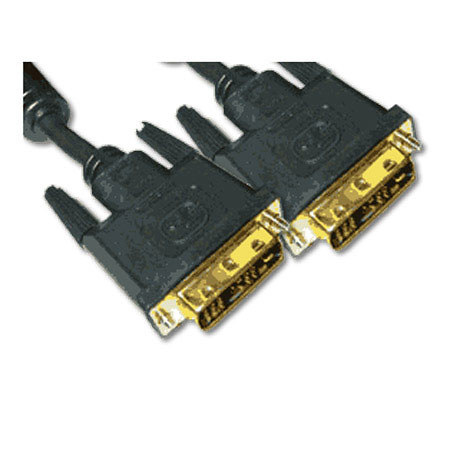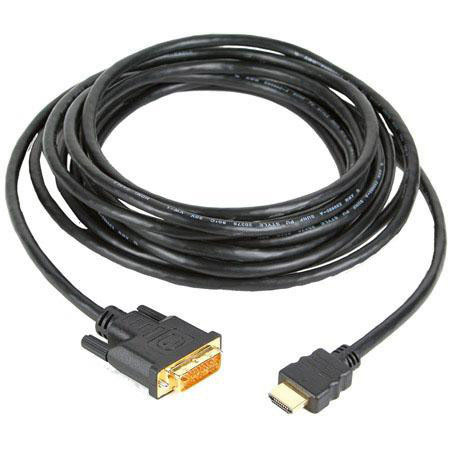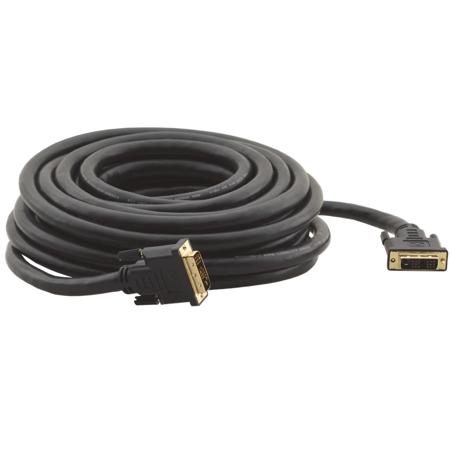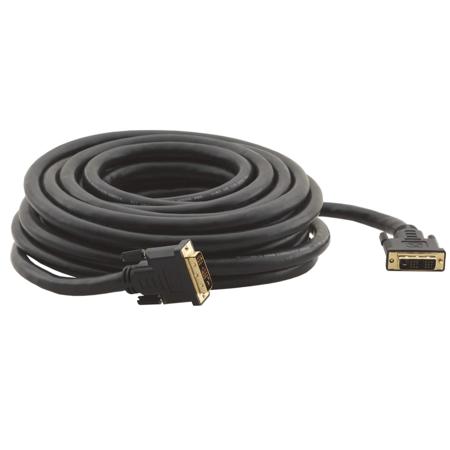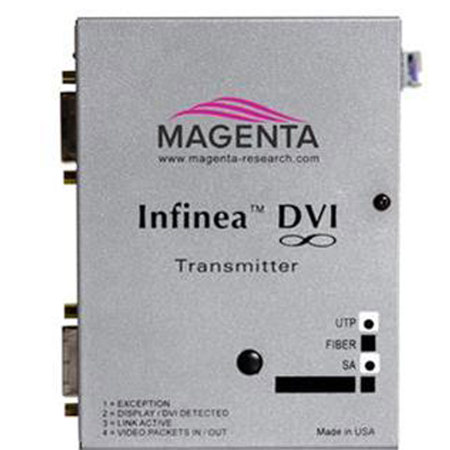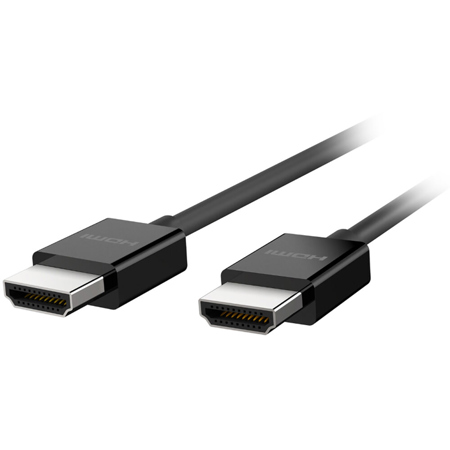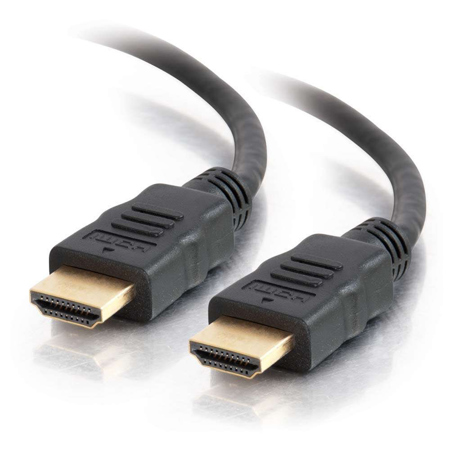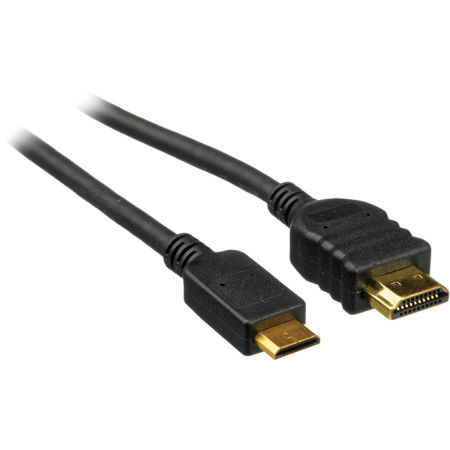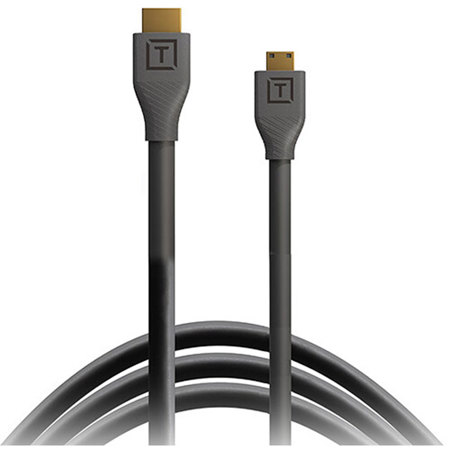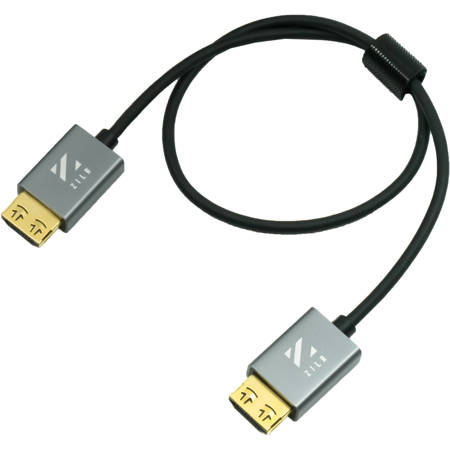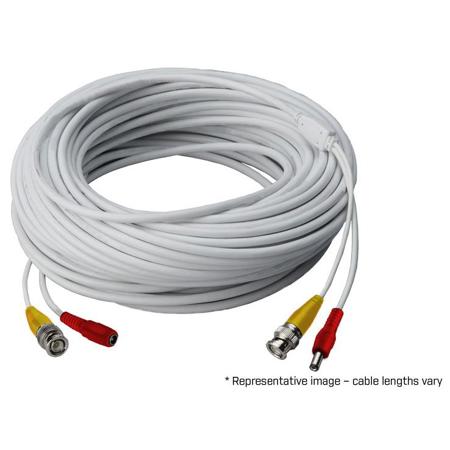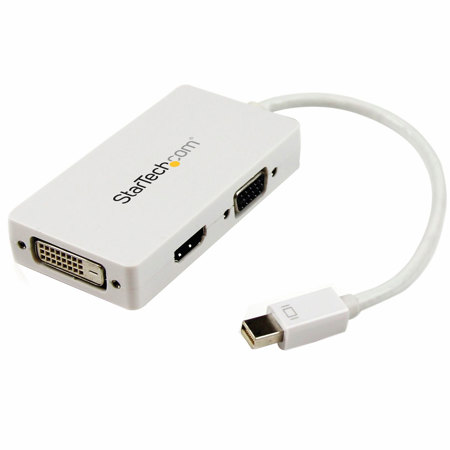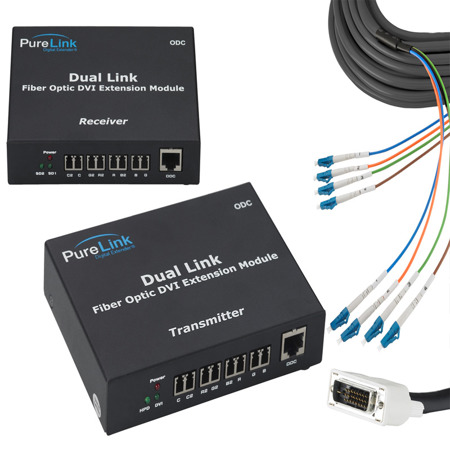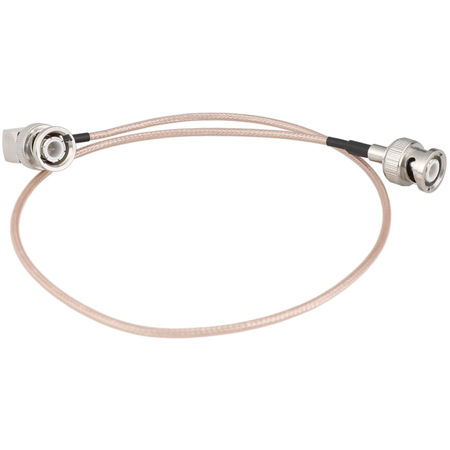DVI Video Cables
DVI video cables have long been a cornerstone for connecting computers, monitors, and projectors in professional studios, classrooms, and home offices alike. As summer winds down and August brings a renewed focus on productivity and creative projects, having the right connection between your devices becomes essential—whether you’re editing high-resolution photos, preparing a presentation, or setting up a dual-monitor workstation for back-to-school or end-of-summer upgrades. DVI (Digital Visual Interface) cables are uniquely versatile, capable of transmitting both digital and analog video signals depending on the cable type and configuration. When browsing the different types of DVI cables, you’ll encounter DVI-D (digital only), DVI-A (analog only), and DVI-I (integrated digital and analog), each designed to suit specific connectivity needs. The choice between single link and dual link configurations further determines the maximum resolution your setup can support, with dual link DVI cables enabling crisp, detailed visuals on larger or higher-resolution displays—ideal for graphic designers, video editors, or anyone who demands clarity in their visual workflow.
Selecting the right DVI video cable involves more than just matching connector shapes. It’s about understanding your devices’ output and input requirements, the distance between them, and the quality of signal you need for your application. For instance, a professional photographer setting up a color-accurate editing suite may need a dual link DVI-D cable to drive a high-end monitor at its native resolution, while a teacher connecting a laptop to a classroom projector might rely on a DVI-I cable for flexibility between digital and analog sources. DVI adapter types also come into play when integrating legacy equipment or bridging different standards—such as using a DVI-to-HDMI adapter to connect to modern flat-panel displays, or a DVI-to-VGA adapter for older monitors. These cables and adapters are not only practical but can also make thoughtful gifts for students heading off to college, tech enthusiasts upgrading their home offices, or anyone looking to streamline their workspace with reliable, high-quality connections. As devices evolve, DVI’s adaptability ensures continued compatibility, especially in environments where both new and older technology coexist.
When planning your setup, consider the cable length and the environment in which it will be used. Longer cable runs may require thicker conductors or signal amplifiers to maintain optimal performance, especially in studios or conference rooms where equipment is spread out. The robust construction of quality DVI cables ensures durability and consistent performance for demanding applications, from live event production to daily office use. Whether you’re updating your creative workspace for the busy fall season or supporting a multi-monitor trading desk, understanding the types of DVI cables and their specific uses can make all the difference in achieving seamless, high-resolution video transmission. For those seeking to explore additional options or integrate DVI with other video connectivity standards, a comprehensive selection of Video Cables is available to help you build a tailored solution that meets your unique needs.
Selecting the right DVI video cable involves more than just matching connector shapes. It’s about understanding your devices’ output and input requirements, the distance between them, and the quality of signal you need for your application. For instance, a professional photographer setting up a color-accurate editing suite may need a dual link DVI-D cable to drive a high-end monitor at its native resolution, while a teacher connecting a laptop to a classroom projector might rely on a DVI-I cable for flexibility between digital and analog sources. DVI adapter types also come into play when integrating legacy equipment or bridging different standards—such as using a DVI-to-HDMI adapter to connect to modern flat-panel displays, or a DVI-to-VGA adapter for older monitors. These cables and adapters are not only practical but can also make thoughtful gifts for students heading off to college, tech enthusiasts upgrading their home offices, or anyone looking to streamline their workspace with reliable, high-quality connections. As devices evolve, DVI’s adaptability ensures continued compatibility, especially in environments where both new and older technology coexist.
When planning your setup, consider the cable length and the environment in which it will be used. Longer cable runs may require thicker conductors or signal amplifiers to maintain optimal performance, especially in studios or conference rooms where equipment is spread out. The robust construction of quality DVI cables ensures durability and consistent performance for demanding applications, from live event production to daily office use. Whether you’re updating your creative workspace for the busy fall season or supporting a multi-monitor trading desk, understanding the types of DVI cables and their specific uses can make all the difference in achieving seamless, high-resolution video transmission. For those seeking to explore additional options or integrate DVI with other video connectivity standards, a comprehensive selection of Video Cables is available to help you build a tailored solution that meets your unique needs.
